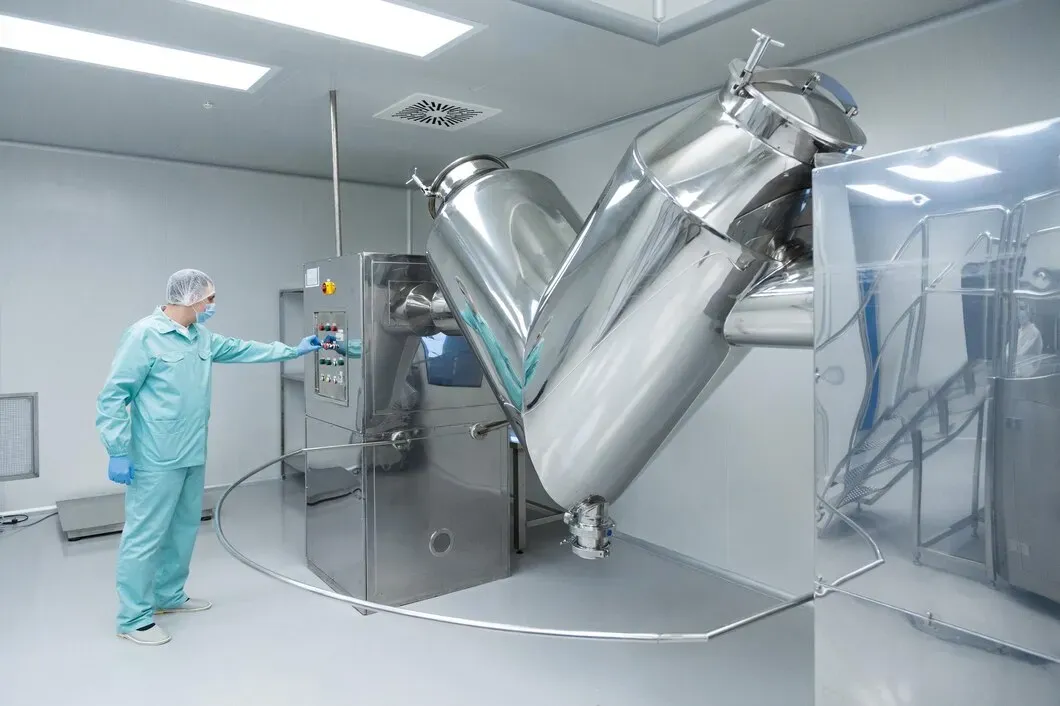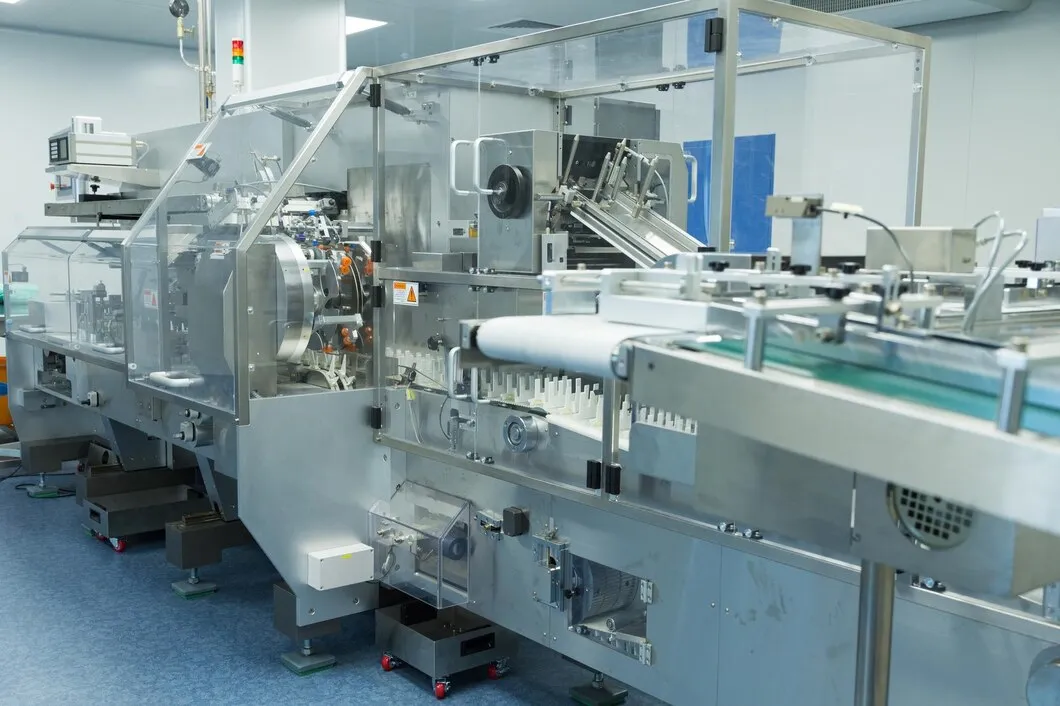El costo y el tiempo necesarios para comercializar un nuevo medicamento siguen aumentando. En promedio, desarrollar un solo tratamiento lleva hasta una década y miles de millones de dólares. Para mantenerse competitivas, las compañías farmacéuticas están recurriendo a la inteligencia artificial (IA) para trabajar de forma más inteligente, no más lenta.
En este artículo, examinaremos cómo IA y farmacéutica Colaboramos para acelerar la investigación y el desarrollo. Abordaremos casos de uso reales, beneficios, desafíos y lo que esto significa para... fabricantes y socios en la cadena de suministro.

El desarrollo de fármacos siempre ha sido complejo, pero la brecha entre la inversión y la producción se está ampliando. Las empresas farmacéuticas se enfrentan a una menor rentabilidad de la I+D, plazos más largos y una mayor presión para entregar terapias dirigidas con mayor rapidez. Según Deloitte, la rentabilidad media de la I+D en 2024 se redujo a 1.2%, incluso cuando los costos de desarrollo excedieron $2.2 mil millones por fármaco.
La IA ofrece una forma de revertir esta tendencia. Ayuda a los equipos a procesar datos con mayor rapidez, a reducir la dependencia del ensayo y error y a identificar mejores fármacos candidatos en las primeras etapas del proceso de desarrollo. Esto es especialmente útil en el descubrimiento temprano y el diseño de ensayos clínicos, dos áreas donde los retrasos son frecuentes y costosos.
Para las empresas que enfrentan márgenes más pequeños y riesgos mayores, la IA no es solo una herramienta: es una forma de reconstruir la eficiencia y mantenerse competitivas en un panorama en rápida evolución.
La IA está generando impactos tangibles en varias etapas del desarrollo de fármacos:
La integración de la IA en la I+D farmacéutica ofrece varias ventajas:
A pesar de su promesa, la adopción de IA en el sector farmacéutico enfrenta varios obstáculos:
La trayectoria de la IA en el sector farmacéutico es prometedora:
A medida que la IA acelera el descubrimiento de fármacos, los fabricantes deben estar preparados para una afluencia de nuevos compuestos que requieren desarrollo. Esto requiere líneas de producción adaptables capaces de manejar diversas formulaciones y operaciones escalables para satisfacer las cambiantes demandas. La colaboración con socios expertos en IA será crucial para afrontar eficazmente este panorama en constante evolución.
La integración de la IA en la I+D farmacéutica está transformando la forma en que la industria descubre y desarrolla nuevos fármacos. Al acelerar la investigación inicial, reducir costes y mejorar las tasas de éxito de los ensayos, IA y farmacéutica Estamos trabajando juntos para resolver cuellos de botella de larga data.
Pero el descubrimiento es solo el comienzo. A medida que más compuestos avanzan con mayor rapidez en el proceso de fabricación, los fabricantes necesitan sistemas que puedan seguir el ritmo: flexibles, escalables y compatibles con las normas GMP. Ahí es donde entra Canaan.
Canaan diseña maquinaria farmacéutica avanzada Esto le ayuda a escalar con confianza, ya sea que produzca cápsulas, tabletas o formulaciones complejas. Prepare su línea de producción para la próxima ola de innovación impulsada por IA.Contáctenos para saber cómo podemos apoyar su próxima fase de crecimiento.




Antes de que un medicamento llegue a un paciente, comienza en un laboratorio. Ahí es donde se prueban las fórmulas, se verifican los lotes y se confirma o cuestiona la calidad. Para realizar este trabajo correctamente, los laboratorios dependen del equipo adecuado: herramientas que no solo cumplen su función, sino que la realizan con precisión. Si eres responsable de la gestión o […]

El blíster está presente en todas partes en la industria farmacéutica, desde comprimidos y cápsulas hasta paquetes de muestra. Protege el producto, prolonga su vida útil y mejora la seguridad del paciente. Pero para los fabricantes, es más que un simple embalaje: es un sistema basado en la velocidad, la precisión y el cumplimiento normativo. Si trabaja en la fabricación farmacéutica o en la adquisición de envases, esto es lo que necesita saber sobre el blíster […]

Si está decidiendo cómo presentar un producto farmacéutico o suplemento, el formato que elija (geles líquidos o tabletas) influirá en mucho más que su apariencia. Afecta la elaboración del producto, su velocidad de absorción, el tipo de equipo necesario y la experiencia del usuario final. Algunos principios activos funcionan mejor en […]